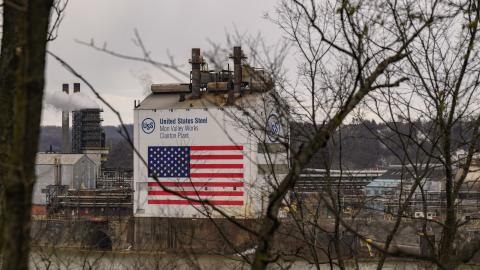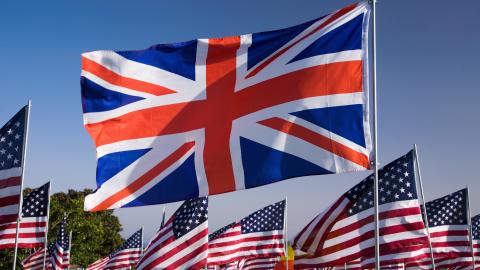We are treated in this morning's interwebs to a robust defense of his tenure as Secretary of the Navy by Mr. Mabus, one in which he asserts “I have this funny thing about facts,” he laughed in his office on the Pentagon’s E-Ring, surrounded by paintings of classic warships. “I like to get facts into the equation.” This focus on facts is a good thing, but as Daniel Patrick Moynihan taught us, everyone is entitled to his or her own opinions; they are not entitled to their own facts.
Basic web research places the size of the fleet on this day (September 1, 2015) at 273 Similar research places the official fleet size measured on the date closest to Mr. Mabus' assumption of office at 285 (September 30, 2009). This represents--as George Costanza would say-- shrinkage The fleet is 4.4 % smaller by hull count than it was when Mr. Mabus assumed office.
The next fact worth considering is the Secretary's oft repeated citation of ships "under contract" as a way to point to laudable work he has done to reverse the fleet's decline even as ship retirements accelerate it. "Under contract" is to some extent, a term of art, as the largest single ship type bound up in his number is the LCS. Essentially, the Navy signed pricing agreements with the two prime contractors which held the shipbuilders to certain price levels. These agreements did not obligate the Navy to actually BUY those ships. That process remains subject to annual procurement schedules, rather than under a multi-year procurement scheme for the class, something Congress has been loathe to permit (and which would justify the term "under contract").
As I write elsewhere today, one need only go back to the year 2007--just before Secretary Mabus assumed office--for a useful comparison of not only today's fleet but what the fleet of tomorrow should look like. In that year--before the Arab Spring ignited North Africa, before ISIS began its murderous rise, before the Obama Administration's Asian focus, and most importantly, before China and Russia re-ignited great power competition, the Navy sent the Congress a plan for an 11 Carrier, 313 ship Navy. Eight years and a dramatically different security environment later, the Navy plans an 11 Carrier, 308 ship Navy. Putting aside a slavish adherence to ship counts for just a moment and thinking about the Navy the country needs to protect its security and prosperity, it is difficult to imagine that the Navy described in 2007 was over-specified for the 2015 and beyond security environment, but based on the logic of this Administration and its latest shipbuilding plan, that appears to be the case. To be clear, the previous sentence was opinion, not fact.
One final opinion, but one substantially based on fact. Secretary Mabus has done a superb job of holding the line on fleet size, as the pressures for it to fall further and faster have been immense. He has been particularly effective in the second term in properly framing the role of Seapower in America's future. But as they say in Game of Thrones" -- "Winter is Coming Putting aside the long term cost of recapitalizing the SSBN force, historical averages for annual shipbuilding do not support the plan submitted to Congress, and likely do not support maintaining even this insufficiently-sized Navy. Add to it the costs of SSBN(X), and the future is bleak. Winter is coming.













